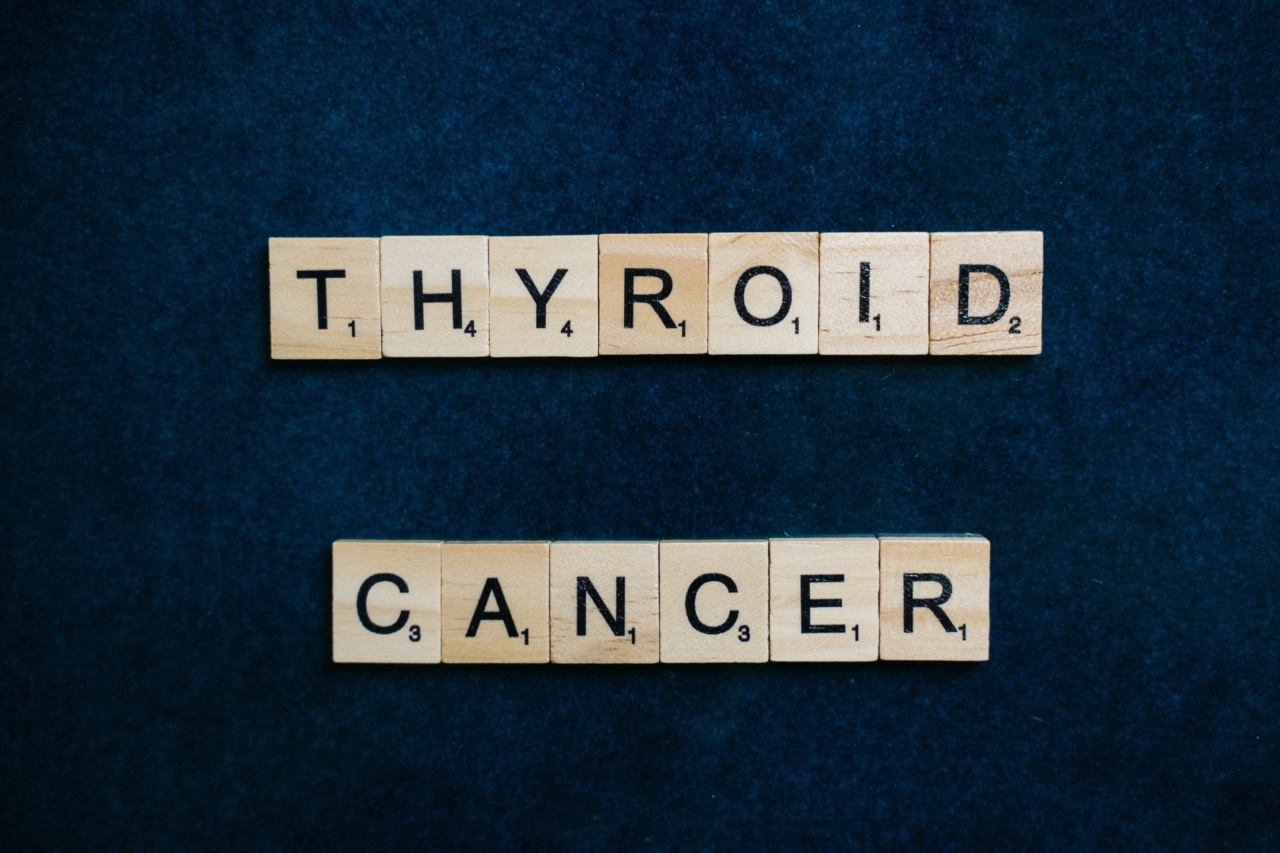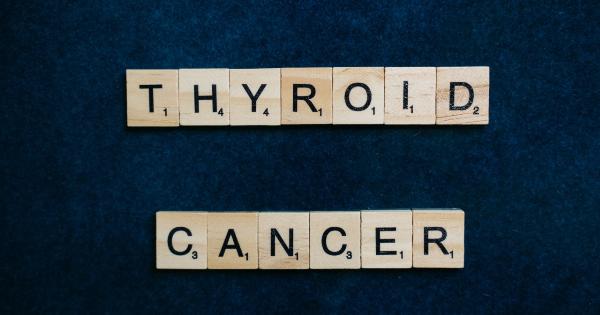Thyroid cancer is a type of cancer that affects the thyroid gland, a small, butterfly-shaped organ located at the base of the neck. It is a common form of cancer and is typically found in people aged between 30 and 60.
Understanding the various aspects of thyroid cancer can help individuals detect it early, seek appropriate treatment, and improve their chances of survival. This article provides informative insights into thyroid cancer, including its causes, symptoms, diagnosis, treatment options, and prevention strategies.
Causes of Thyroid Cancer
The exact cause of thyroid cancer is unknown, but several risk factors have been identified. These include:.
- Exposure to high levels of radiation, especially during childhood
- A family history of thyroid cancer or other related thyroid conditions
- Specific genetic syndromes, such as familial medullary thyroid cancer or multiple endocrine neoplasia
- Being a female, as women are more prone to develop thyroid cancer
- Being of Asian descent, as thyroid cancer is more common in Asian populations
Symptoms of Thyroid Cancer
Thyroid cancer often does not cause any noticeable symptoms in its early stages. However, as the cancer progresses, individuals may experience the following symptoms:.
- A lump or swelling in the neck, which is typically painless
- Changes in the voice, such as hoarseness
- Difficulty swallowing or breathing
- Persistent cough, not related to a cold or flu
- Neck or throat pain
Diagnosis of Thyroid Cancer
Diagnosing thyroid cancer involves a combination of medical history evaluation, physical examination, and various diagnostic tests. The following are commonly used diagnostic procedures:.
- Thyroid ultrasound: This imaging test helps determine the size and nature of any nodules or growths on the thyroid.
- Fine needle aspiration biopsy: A small sample of cells is extracted from the thyroid nodule with a thin needle and examined under a microscope for cancerous cells.
- Blood tests: Blood samples are analyzed to check for levels of thyroid hormones and specific tumor markers.
- Thyroid scan: Radioactive iodine or a similar substance is used to create images of the thyroid gland, helping to identify any abnormalities.
Treatment Options for Thyroid Cancer
The treatment for thyroid cancer depends on the type and stage of cancer, as well as the individual’s overall health. The following treatment options are commonly used:.
- Surgery: The primary treatment for thyroid cancer involves the surgical removal of the cancerous thyroid gland and affected lymph nodes, if necessary.
- Radioactive iodine therapy: This treatment is used to destroy any remaining thyroid tissue and cancer cells after surgery. It involves swallowing a radioactive iodine pill, which selectively targets thyroid cells.
- External beam radiation therapy: In rare cases, high-energy rays are directed at the thyroid cancer cells to kill them and prevent their growth.
- Chemotherapy: This treatment is typically reserved for advanced or aggressive cases of thyroid cancer and involves the use of drugs to kill cancer cells or stop them from multiplying.
Prevention of Thyroid Cancer
While there is no guaranteed way to prevent thyroid cancer, certain measures can be taken to reduce the risk:.
- Avoid unnecessary exposure to radiation, especially during childhood.
- Regularly check your neck for any lumps or abnormal growths and consult a healthcare professional if you notice any changes.
- Take steps to control and maintain a healthy body weight.
- Consume a balanced diet rich in fruits, vegetables, and whole grains.
- Quit smoking and avoid exposure to secondhand smoke.
Conclusion
Thyroid cancer is a prevalent form of cancer that primarily affects the thyroid gland. Early detection and appropriate treatment significantly improve the chances of survival and successful recovery.
By understanding the causes, symptoms, diagnostic procedures, treatment options, and prevention strategies associated with thyroid cancer, individuals can take proactive steps to protect their health and seek timely medical attention when needed.





























